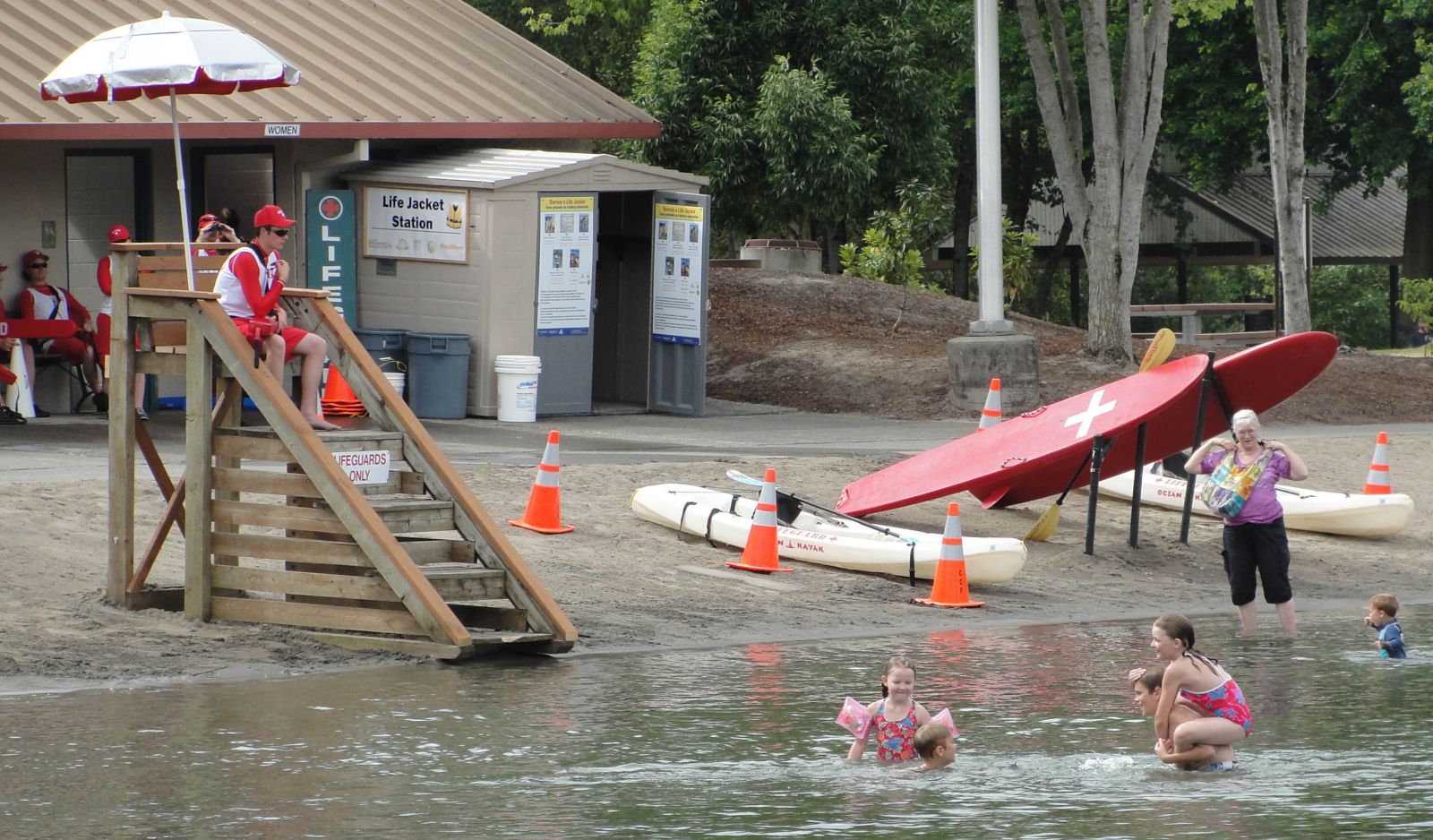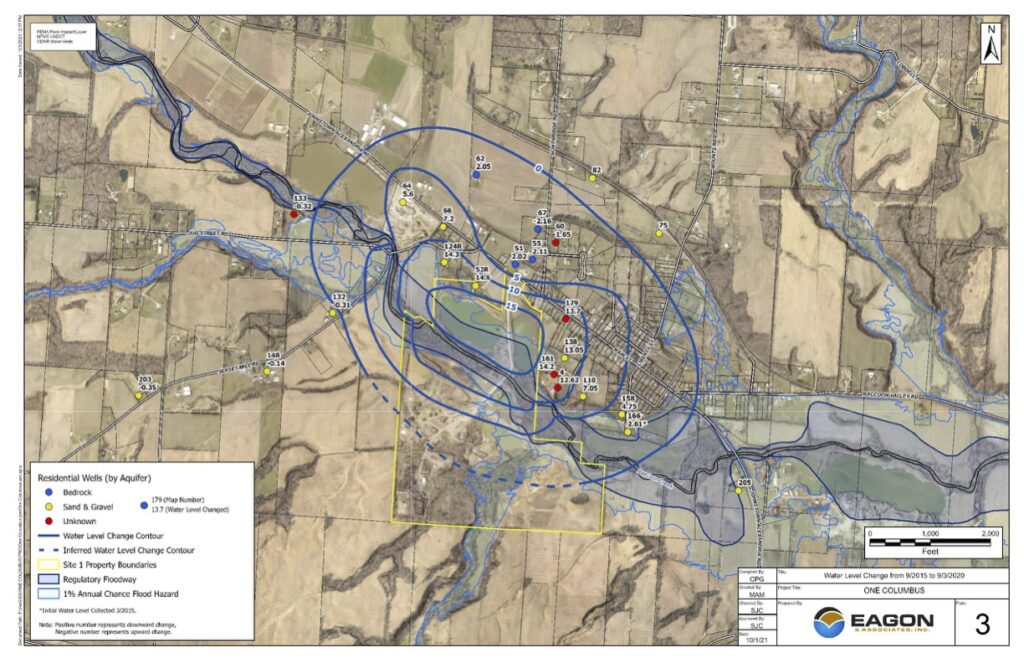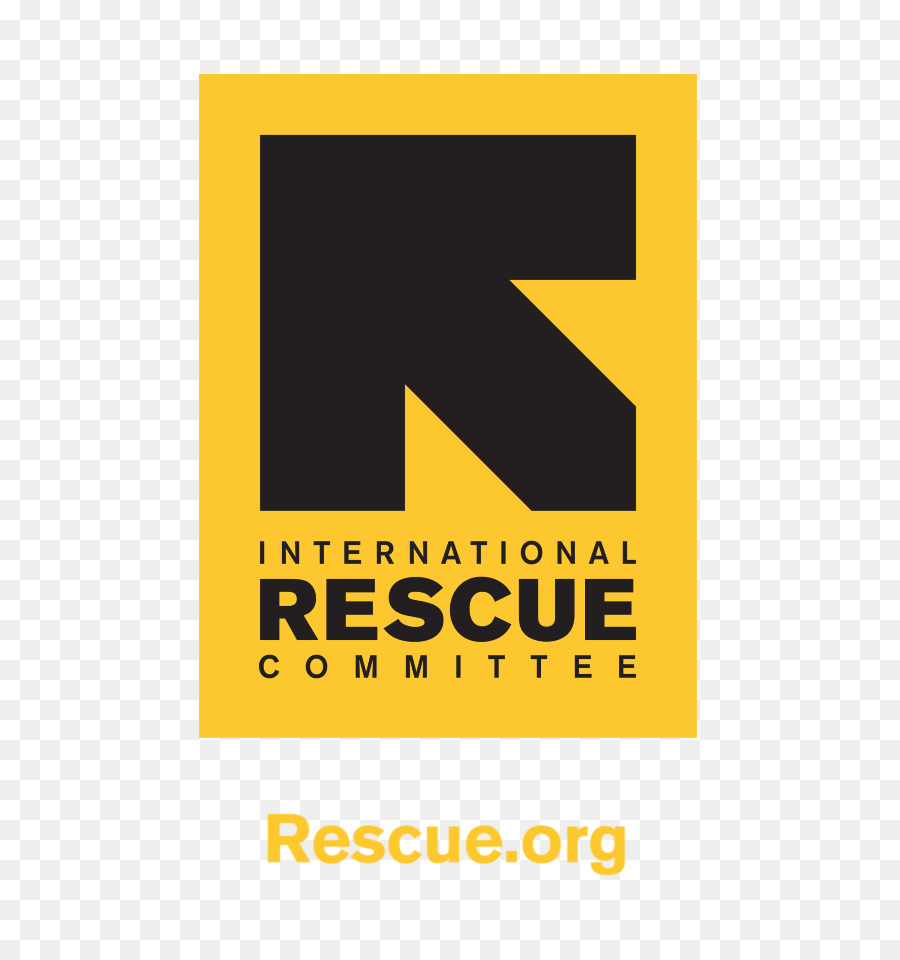Report on Chennai’s Pond Rejuvenation Project: Advancing Sustainable Development Goals through Water Management
Date: Saturday, June 28, 2025
Introduction
The Greater Chennai Corporation (GCC) has launched an extensive pond rejuvenation project targeting 41 ponds across Chennai, with a budget allocation of ₹119.12 crore for completion during the 2025–26 period. This initiative aims to address critical urban challenges such as flooding, water scarcity, and groundwater depletion, aligning with multiple Sustainable Development Goals (SDGs), including SDG 6 (Clean Water and Sanitation), SDG 11 (Sustainable Cities and Communities), and SDG 13 (Climate Action).
Project Overview and Alignment with SDGs
The project focuses on revitalizing Chennai’s traditional water bodies to enhance water storage capacity, improve groundwater recharge, and mitigate flood risks during monsoon seasons. This contributes significantly to:
- SDG 6: Ensuring availability and sustainable management of water resources.
- SDG 11: Making cities inclusive, safe, resilient, and sustainable by reducing urban flooding.
- SDG 13: Strengthening resilience and adaptive capacity to climate-related hazards.
Revitalizing Chennai’s Historical Ponds for Sustainable Water Management
Historically, Chennai managed water through a network of ponds, tanks, and lakes, which have suffered neglect due to urban expansion. The rejuvenation project restores these water bodies by:
- Deepening and widening ponds to increase water retention.
- Strengthening embankments (bunds) and constructing compound walls for protection.
- Enhancing infrastructure to support sustainable water conservation.
These efforts support SDG 15 (Life on Land) by preserving aquatic ecosystems and promoting biodiversity.
Key Focus Areas of the Pond Rejuvenation Project
1. Thiruvottiyur Zone
- Four ponds targeted, including Annai Sivagami Pond (₹8.4 crore), A.T. Colony Pond (₹6 crore), K.H. Road Railway Pond (₹5.5 crore), and Ambedkar Pond (₹9 crore).
- Focus on flood control and water conservation in monsoon-prone areas.
2. Manali Zone: Largest Scope of Work
- 28 ponds scheduled for rejuvenation.
- Significant projects include Kosappur Sri Vembuliyamman Temple Pond (₹5.5 crore) and Manjambakkam Pond (₹10 crore).
- Improvements include deepening, embankment reinforcement, and capacity enhancement.
3. Madhavaram Zone
- Four key ponds, including Perumal Koil Pond (₹1.71 crore) and Basin Pond (₹7.12 crore).
- Supports flood mitigation and water retention in rapidly urbanizing areas.
4. Tondiarpet Zone
- Five ponds, including those in Union Carbide Colony and Ennore High Road.
- Investments range from ₹75 lakh to ₹6.24 crore for pond deepening and embankment construction.
Environmental and Social Benefits
The pond rejuvenation project delivers multiple environmental and social advantages, advancing SDG 3 (Good Health and Well-being) and SDG 10 (Reduced Inequalities):
- Flood Risk Reduction: Enhanced water retention reduces urban flooding, protecting vulnerable communities.
- Groundwater Recharge: Improved recharge mechanisms address water scarcity and promote sustainable water use.
- Community Well-being: Improved access to clean water and enhanced public spaces elevate residents’ quality of life.
- Environmental Sustainability: Restoration of ponds supports biodiversity and urban ecological balance.
Challenges and Considerations
Key challenges include:
- Managing urban construction impacts such as traffic disruptions and delays.
- Minimizing adverse effects on local wildlife and ecosystems during construction.
- Ensuring long-term maintenance and sustainability through coordinated governance involving local authorities, environmental groups, and communities.
Addressing these challenges is essential for sustaining the benefits aligned with SDG 17 (Partnerships for the Goals).
Future Directions for Chennai’s Water Management
The pond rejuvenation initiative is a foundational step toward a resilient urban water management system. Future strategies include:
- Integrating smart technologies such as sensors and automated monitoring for efficient water management.
- Utilizing data analytics to predict flooding and optimize water resource allocation.
- Promoting community engagement and education to support sustainable water practices.
These measures will further contribute to SDG 9 (Industry, Innovation, and Infrastructure) and SDG 12 (Responsible Consumption and Production).
Conclusion
The comprehensive rejuvenation of 41 ponds across Chennai represents a significant investment in sustainable urban water infrastructure. By addressing flooding, water scarcity, and groundwater depletion, the project supports multiple Sustainable Development Goals and sets a precedent for other cities facing similar challenges.
While implementation challenges exist, the initiative’s emphasis on environmental sustainability, community benefits, and innovative management practices positions Chennai as a model for integrated water resource management. The success of this project will reinforce the importance of sustainable development and community-driven solutions in urban planning worldwide.
1. Sustainable Development Goals (SDGs) Addressed in the Article
- SDG 6: Clean Water and Sanitation
- The article focuses on water conservation, groundwater recharge, and improving water infrastructure through pond rejuvenation.
- SDG 11: Sustainable Cities and Communities
- Efforts to mitigate flooding, improve urban water management, and enhance public spaces contribute to making Chennai a more resilient and sustainable city.
- SDG 13: Climate Action
- The project addresses climate-related challenges such as flooding and water scarcity exacerbated by urbanization and climate change.
- SDG 15: Life on Land
- By restoring ponds and managing ecosystems, the project supports sustainable use of terrestrial ecosystems and biodiversity conservation.
2. Specific Targets Under the Identified SDGs
- SDG 6: Clean Water and Sanitation
- Target 6.3: Improve water quality by reducing pollution and minimizing release of hazardous chemicals.
- Target 6.4: Increase water-use efficiency and ensure sustainable withdrawals to address water scarcity.
- Target 6.6: Protect and restore water-related ecosystems, including ponds and wetlands.
- SDG 11: Sustainable Cities and Communities
- Target 11.3: Enhance inclusive and sustainable urbanization and capacity for participatory planning and management.
- Target 11.5: Reduce the number of deaths and economic losses caused by disasters including floods.
- SDG 13: Climate Action
- Target 13.1: Strengthen resilience and adaptive capacity to climate-related hazards and natural disasters.
- SDG 15: Life on Land
- Target 15.1: Ensure conservation, restoration, and sustainable use of terrestrial and freshwater ecosystems.
3. Indicators Mentioned or Implied to Measure Progress
- Water Storage Capacity and Groundwater Recharge
- Measurement of increased water storage capacity of ponds after rejuvenation.
- Monitoring groundwater levels to assess recharge improvements.
- Flood Incidence and Damage Reduction
- Tracking frequency and severity of flooding events in rejuvenated zones (Thiruvottiyur, Manali, Madhavaram, Tondiarpet).
- Assessment of economic and social impacts of flooding before and after project implementation.
- Infrastructure Improvement Metrics
- Number of ponds deepened, widened, and embankments strengthened.
- Investment amounts allocated and utilized per pond and zone.
- Social and Environmental Benefits
- Improvement in access to clean water for local communities.
- Enhancement of public spaces and community engagement levels.
- Monitoring biodiversity and ecosystem health in pond areas.
4. Table of SDGs, Targets, and Indicators
| SDGs | Targets | Indicators |
|---|---|---|
| SDG 6: Clean Water and Sanitation |
|
|
| SDG 11: Sustainable Cities and Communities |
|
|
| SDG 13: Climate Action |
|
|
| SDG 15: Life on Land |
|
|
Source: travelandtourworld.com







